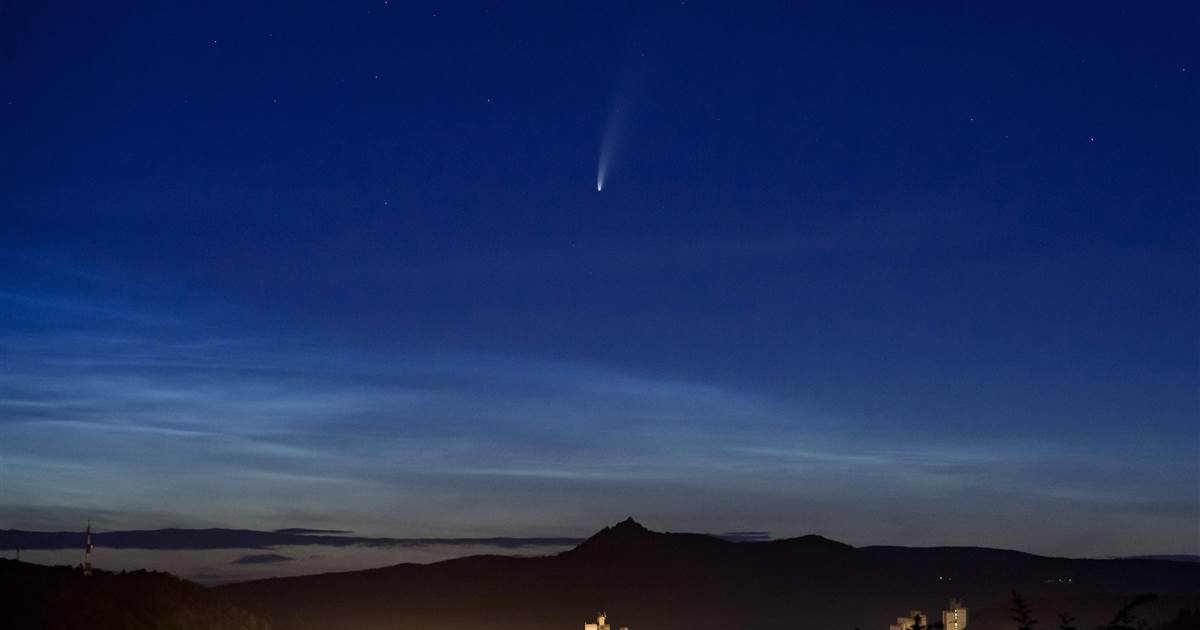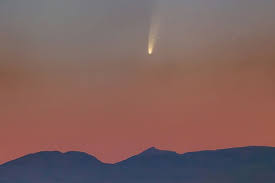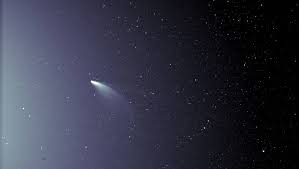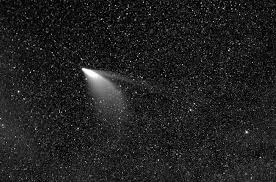The sky is always there to help us, whether it be a meteorological effect like rain, snow and sunshine to keep things going in the planet Earth.
Then there are the celestial, astronomical phenomenons, inciting curiosity and creating a wondrous feeling for humankind. Now is a time, surely, that those sorts of wonders observable by the human eye be most appreciated, and the space has somehow answered. Those living in the Northern half of the planet has a chance to observed the newly discovered and named NEOWISE in the course of this month during the evening.
The relapse period between this comet and the Earth’s orbit that realized the sightings to be possible will not happen for another 6,800 years, making it the first and the last time for humankind of this particular era to see this comet by their own bare eyes.
It started out being observed during early morning, but the comet has now turned into a full-on evening comet, making it most easily seen in the night skies without the help of special instruments. The name of the comet originates from NASA’s Near-Earth Object Wide-field Infrared Survey Explorer, otherwise known as the NEOWISE mission, which discovered it in late March.
Although it really can be seen with the naked human eye and its vision, a set of binoculars is recommended for a better sighting.
If you live in an urban area with a lot of light pollution, you may want to find a spot to watch the sky that has less light and obstructions, like tall buildings.
After the sun sets, look for the Big Dipper constellation in the northwestern sky, according to NASA. Just below it, you’ll see the comet. It looks a bit like a fuzzy star with a tail. The comet will continue to rise higher above the northwestern horizon for the rest of this month.
It will come closest to Earth on July 22 — just 64 million miles away. While comets are unpredictable and can disappear from view at any time, astronomers predict that we should be able to see it for the rest of the month. After its closest approach to Earth, Comet NEOWISE will continue on its very long orbit to the edge of the solar system, stretching out 715 astronomical units from our sun.
(As a comparison, Earth is one astronomical unit from the sun.)
If you liked this article, please LIKE SHARE AND COMMENT below! And don’t forget to check our other articles along the way!
Replaced!





